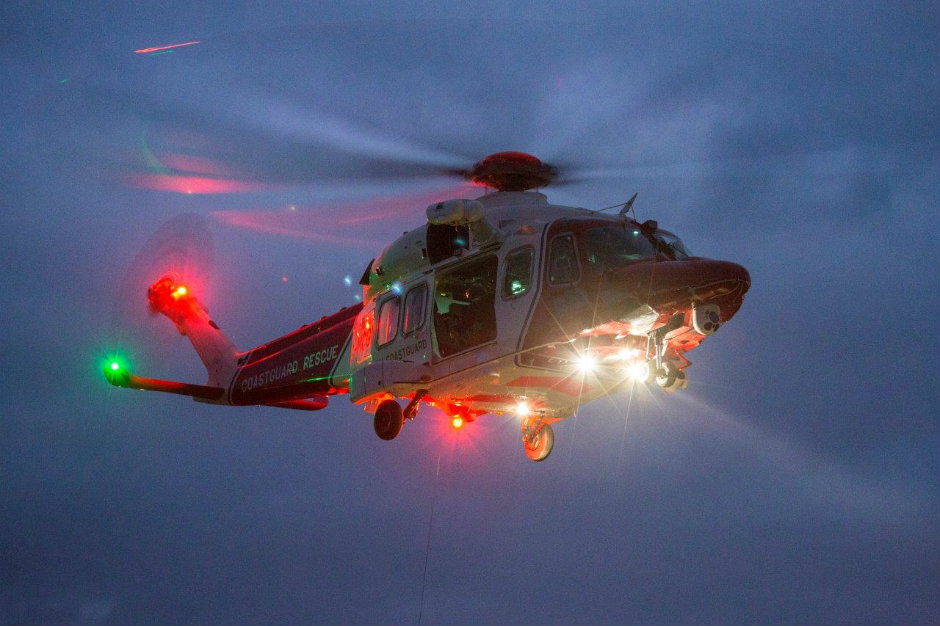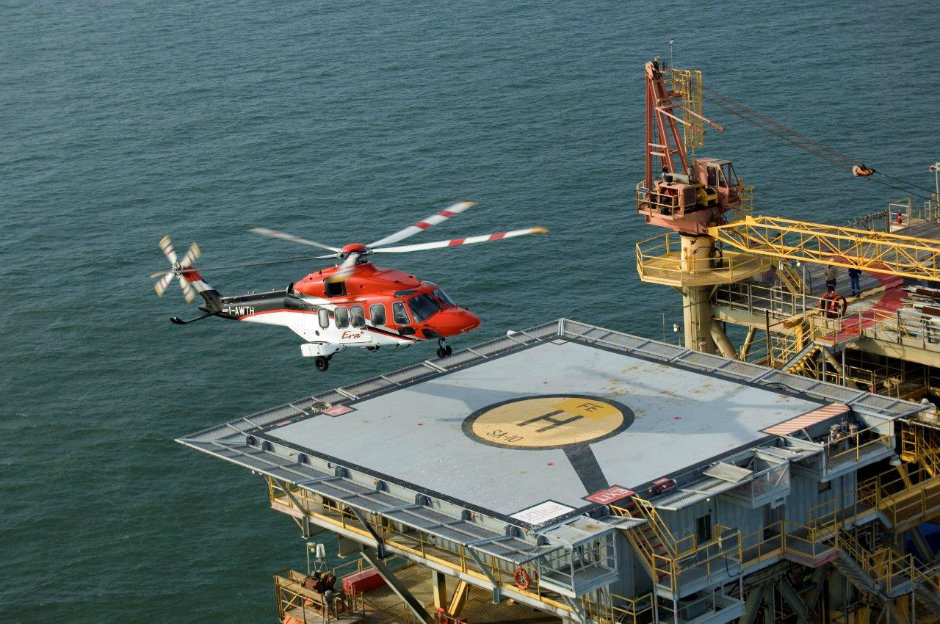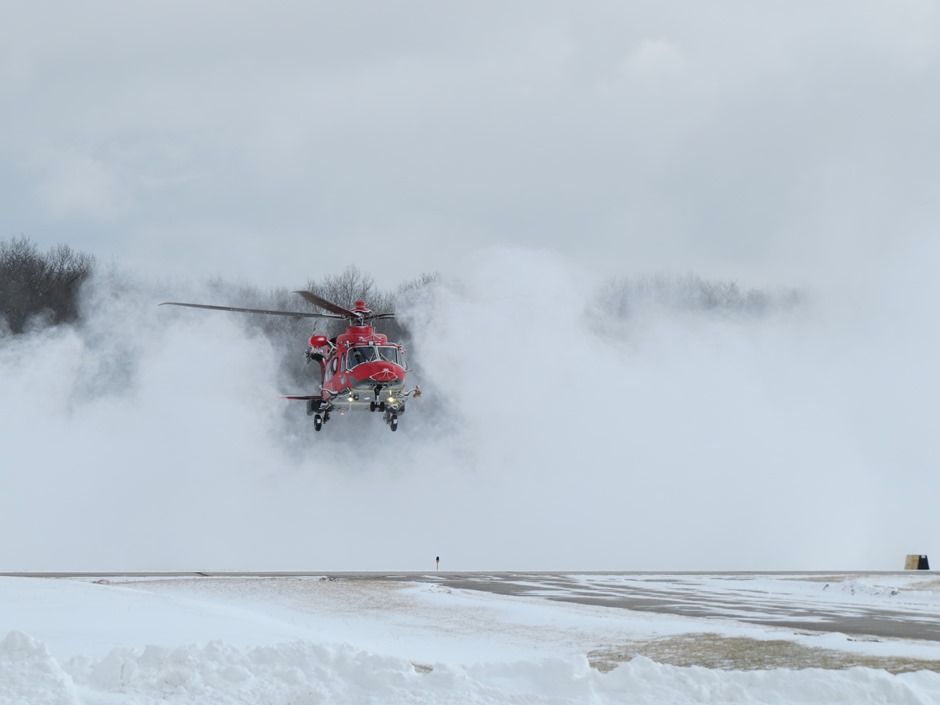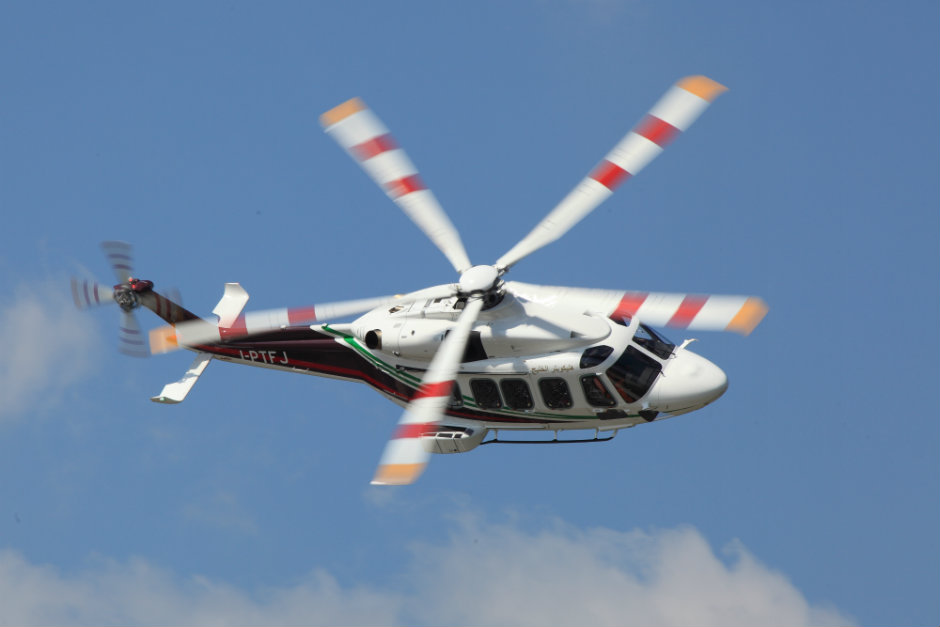Leonardo 05 March 2017
Over 30 AW189 helicopters, have accumulated 21,000 total flight hours, of which 6,000 hours achieved by two aircraft in offshore configuration, flying in the North Sea in cold and ice conditions. This represents an important operating result for Leonardo’s AW189, the most successful helicopter among those belonging to the “super medium” category (8 tonnes). With contracts for over 150 units signed to date, including orders and options, the AW189 is used by over 20 customers in 15 countries and currently in service in Europe, Middle East, Asia and North America. Launched in the summer of 2011 , it was certified less than three years later in 2014, and placed on the market in record time.
| A wide range of configurations |

Since its inception, the AW189 was designed to meet the needs of a market that requires always greater security and operational autonomy, and increased comfort and economy. Equipped with a cabin which has a standard configuration of 16 seats, it can be set up with a 19-seat layout or 12 for long-range missions. The AW189 is particularly competitive in offshore missions, allowing the transport of personnel with significant savings compared to other bigger and heavier models of competitors. Even in the search and rescue or air ambulance configuration its ability to perform long range missions and with great patrolling and parking autonomy is an added value. This helicopter is also ideal for the corporate transport market, as it combines a spacious interior, the option to choose between many settings, high comfort and various entertainment and communication equipment.
| A flagship model for the offshore market |
Thus far, the AW189 has acquired the majority of its orders in the offshore market, rapidly becoming the benchmark for longer-range missions. It complies with the latest safety standards for OGP (Oil and Gas Producer) operations and has all the equipment and avionics needed to successfully carry out this kind of missions. This aircraft is certified according to the latest requirements of the Federal Aviation Administration (FAA) and European Aviation Safety Association (EASA).

The main transmission’s capability to run without oil for 50 minutes, well over the 30 minutes required by major certifications, is a unique feature of this machine. In the event of total loss of oil, the transmission is designed to allow the helicopter to continue flying with a sufficient margin of time to reach a safe landing place.
| A new anti-ice system |

Already during development, this helicopter demonstrated its ability to operate at high altitudes and high temperatures, as well as in extreme cold conditions, passing tests in Arizona and Alaska. Moreover, a system was developed for the AW189 that allows one to fly in ice-formation conditions, which makes it unique among helicopters in its class. In September 2015, the AW189 received its first anti-icing certification for LIPS (Limited Ice Protection System) and, in the summer of 2016, EASA certified the Full Ice Protection System (FIPS), which allows the AW189 to operate in what would be prohibitive conditions for other helicopters.
| The "super-medium" of the Family’s helicopters |

The AW189 is the "big brother" of Leonardo’s Helicopter Family, which includes the AW139 and AW169. The Family concept allows operators to use three helicopters that belong to different categories but have the same flight characteristics, cockpit layout, design philosophy and training and maintenance concept.
This way, customers who make use of two or more helicopters enjoy numerous advantages, including fewer training hours for pilots and technicians, a more streamlined stock of spare parts, numerous shared maintenance tools, an easier transition for crews between the different helicopter types and lower management costs.

